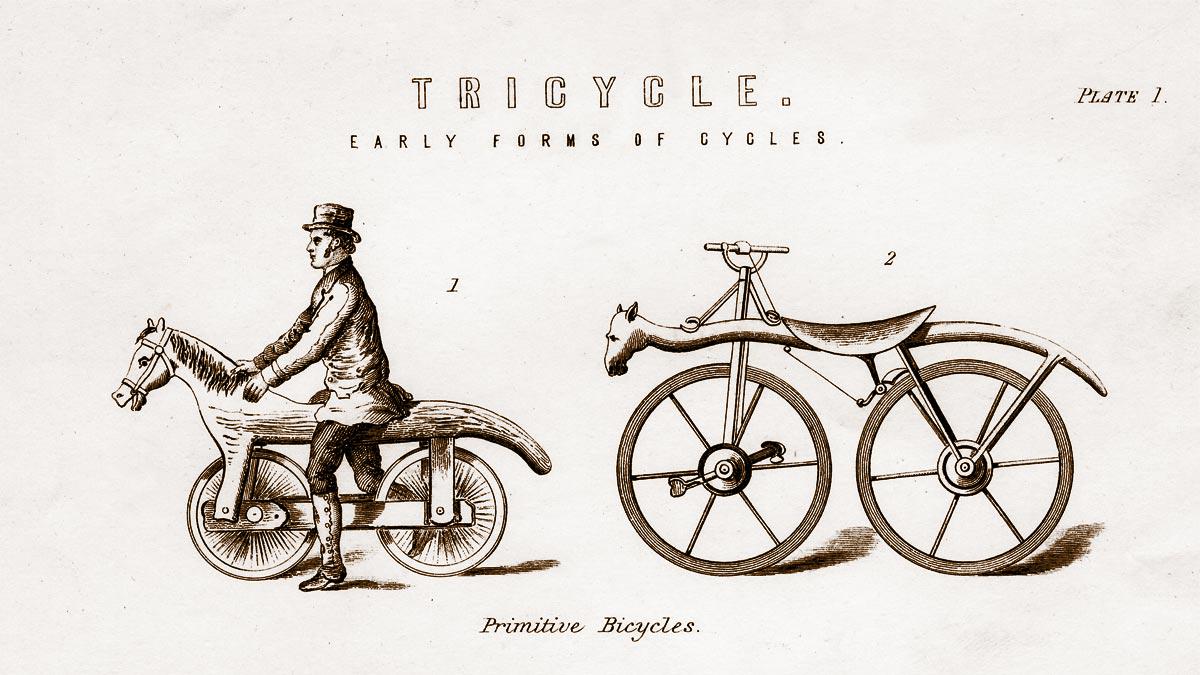by Debbie Maden
“We have to disrupt ourselves before the market does.” It’s not an uncommon mandate today. Established enterprises need to innovate to keep pace with the more nimble, smaller startups. Perhaps no approach has captured the imagination of big companies yearning to get more nimble than the lean startup method: quickly building and launching minimum viable products — MVPs — and then iterating and pivoting based on market feedback.
Take the example of Beth, Director of e-Commerce & Digital Innovation at a company I’ll refer to as Acme, a 20-year-old, global enterprise. Beth manages a team that’s considered a “startup within the enterprise.” Acme expects Beth’s team to create $50 million in incremental revenue over the next 3 years by following lean startup principles.
But Acme isn’t a startup. It’s a large, established global firm. Like most big companies, it relies on efficiencies of scale for competitive advantage. Innovation by definition is inefficient.
However, there are in fact a few tricks of the trade that, if done well, can make an impact for large companies trying to act more like startups.
1. Make true failure a real option. A colleague said to me the other day: “I figured out what bothers me so much about my job. I’m working on a startup team that has no real threat of failure. It should have failed months ago but hasn’t.”
This often happens inside enterprise companies. At Acme, Beth should have a threat of real failure — a salary cut, getting fired, stopping the project, having to fire or reallocate her team. On the flip side, if she wins, she should have skin in the game. If she’s tasked with building $50 million in new revenue, she should be rewarded for success — a raise, equity in the startup part of the business, a promotion.
The point is, the team building the MVP inside an enterprise should truly act like a startup. They should have funding to pay for salaries for the team as well as for any and all expenses, and that funding should come with expectations around performance. If those goals are not met, the funding should run out. If funding runs out, the team no longer has those jobs. I know it’s harsh, but without these consequences, too many skunkworks teams go on and on, and on and on, and on and on…..
2. Get the right people on the bus. Jim Collins, in the classic bestseller Good to Great, famously wrote: “The executives who ignited the transformations from good to great did not first figure out where to drive the bus and then get someone to take it there. No, they first got the right people on the bus (and the wrong people off the bus) and then figured out where to drive it.”
Enterprise companies can fool themselves into thinking, “Mary in product will be a great fit for digital product.” Wrong. Mary has spent the last 20 years outfitting brick and mortar stores with physical product. She is not an automatic fit for the digital innovation side of the business.
Real startups are forced to seek new team members from outside their organization. In a “lean” team inside a large company, it’s wise to go through a true hiring strategy exercise. Take the time to get the right people on the bus. Even if it takes longer. Even if it means having to hire people from outside the firm.
3. Get out of the building. Again, take a lesson from actual startups. Startups find it easy to get out of the building, often because they don’t have an office building to begin with. Even as they grow and get their first office space, they aren’t bogged down with executive team meetings and processes, so they have more freedom to get out of the building.
Take the time to identify what hypothesis your MVP is aiming to confirm or disconfirm, and get yourself out of the building, talking to actual users and potential users, and work like mad to confirm or deny this hypothesis.
Note: Technology is not required to do this step. Sure, we could design prototypes, wireframes, scope documents, write code. But none of this is required to get out of the building. All that’s required is understanding who your target market is, figuring out where they hang out, and going there.
4. Create a realistic, disciplined MVP. It didn’t take long for the concept of an MVP to mean different things to different people. Stick to the basics. It’s just meant to be a very simple product that will let you test out the concept. What are the core features you really need? What’s the minimum you can do to deploy the project?
Building MVPs is fun. When done well, it can be the catalyst that enables enterprise to innovate and keep pace with the smaller more nimble competitors. What doesn’t work is acceding to political requests from different departments who’re all trying to staple their pet project onto your MVP.
Using lean startup principles inside large companies is not impossible – as long as your innovation team acts as like a real startup.
NOTE CREDIT: https://hbr.org/2015/09/4-tips-for-launching-minimum-viable-products-inside-big-companies?utm_source=Socialflow&utm_medium=Tweet&utm_campaign=Socialflow

